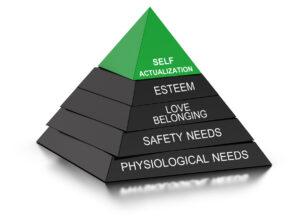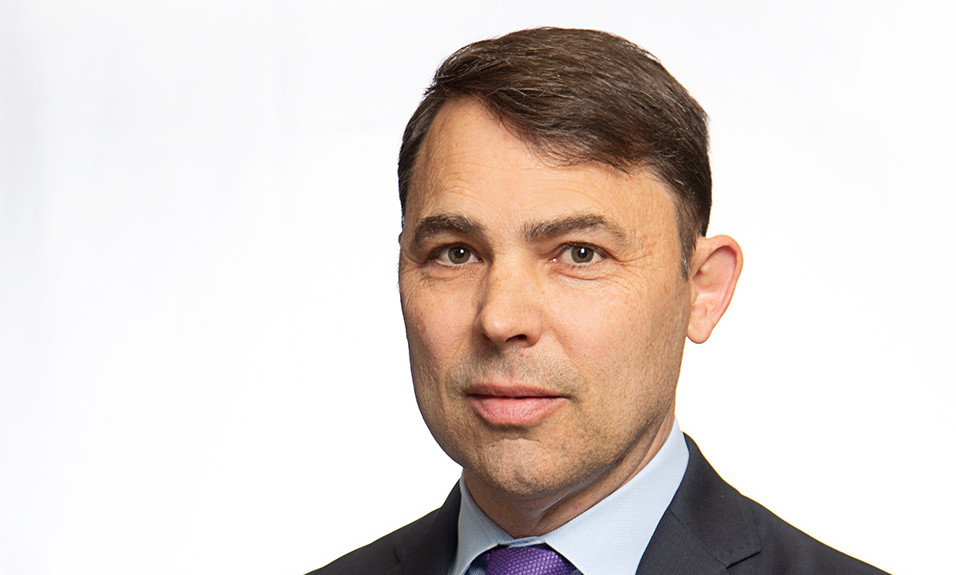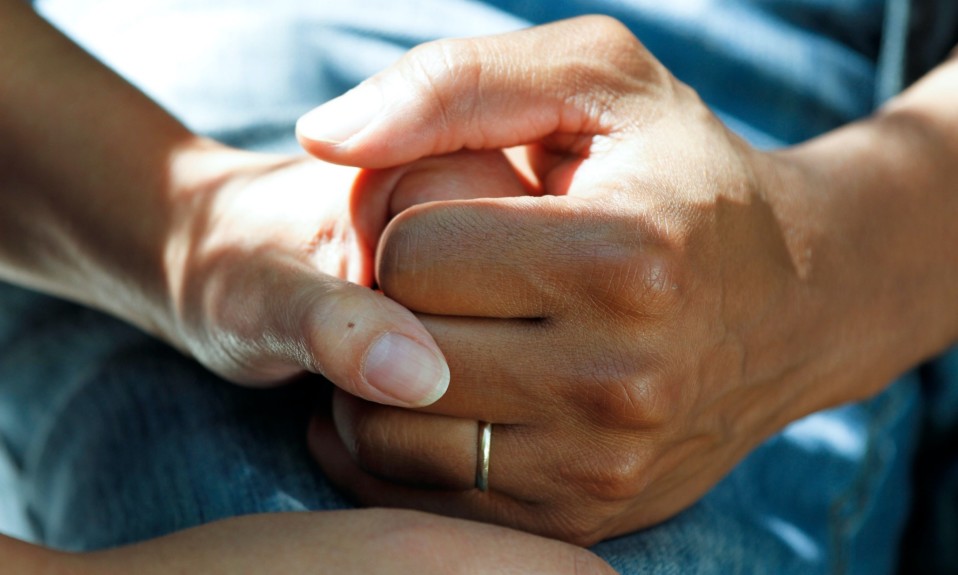Here’s my own adaptation of Maslow’s famous hierarchy of needs for people struggling with substance misuse
By Ryan Blackstock, Psy.D.
February 2, 2021One of the foundational pieces of Humanistic psychology that is covered in almost every Intro to Psych textbook is Maslow’s Hierarchy of Needs. It is shaped like a pyramid, and the idea is that people have needs that they strive to fulfill across their life. The pyramid shape shows that the needs at the bottom are universally sought, and must be satisfied to an acceptable degree before the higher-up needs will emerge and demand more of our attention.

The Bottom Tier
The bottom tier consists of the Basic Needs, in two categories: Physiological and Safety. Physiological needs include food, water, clothing, shelter and reproduction. In essence, everything it takes to simply survive and keep humanity going. Safety needs expand on this. They touch on how we maintain our sense of security in the world. This can be about the neighborhood we live in, what we have to do to preserve our health, freedom from abuse or exploitation, and securing a reliable income. Safety can also extend into matters about retirement benefits.
The Middle Tier
The middle section in the pyramid lists our Psychological Needs, in two categories: Belonging and Esteem. Belonging represents our need to making a meaningful connection with others. It’s about finding the place where you fit in and are accepted. This area includes friendships, career, family and intimacy. Humans are social creatures by our very nature, and these needs are essential to our health and wellbeing. Esteem represents our need to be recognized: to stand out and make significant contributions that are rewarded. This includes our own self-esteem, as well as esteem from our peers and colleagues. In essence, this tier speaks to the respect we receive in our social circles.
The Top Tier
At the very top of the pyramid is Self-Actualization, which is its own category. Self-actualization is a process, not an event. To quote an old Army commercial, it’s, “Be all you can be.” When people feel the need to self-actualization, they are drawn to live to their fullest potential.
All the levels of the inverse ziggurat illustrate how addiction takes its toll on the individual in relation to Maslow’s needs.”
The Inverted Pyramid of Addiction
As a Humanistic practitioner and educator, addiction presents problems in the hierarchy. This is what I call the Inverted Pyramid of Addiction. All the levels of the inverse ziggurat illustrate how addiction takes its toll on the individual in relation to Maslow’s needs.
The Bottom Tier: Inverted Model
The first tier of this pyramid consists of Unhealthy Precedents and Risky Behaviors. Unhealthy Precedents refers to the patterns that disrupt our basic physiological functioning. Chronic use by itself fits into this category, but other examples are poor nutrition, unhealthy sleep habits, a decrease in personal hygiene and even ignoring medical issues. These are all standard concerns for individuals struggling with addiction.
Risky Behaviors: This category goes against the drive for Safety. It can represent behaviors that are dangerous, from driving while intoxicated to violent illegal activities. It reflects how people with substance abuse disorder place themselves in situations that could be both precarious and hazardous to their health and livelihood.
The Middle Tier: Inverted Model
The middle tier illustrates the psychological toll addiction takes on an individual through Isolation and Shame.
Isolation represents a withdrawing from friends, family and our social environment. In the beginning, it is the changing of friends, and having to leave behind others who might express concern about their use. In order to fuel the denial system, the addicted person must withdraw, skipping events and get-togethers or minimizing their engagement in them. Over time, the addicted person develops a sense of existential loneliness that the drugs can only soothe in the short term.
Shame is the opposite of Esteem. Over many years of hearing clients’ stories and understanding the progression of their addiction, one sentence seems to always come up “I swore I would never ________” (turn out to be like an alcoholic parent, take away from my kids to keep using, lie to my family, engage in illegal activities, etc.). Maintaining an addiction comes at a heavy price psychologically. The individual feels progressively worse about themselves as a person, seeing their value as so much less than others, and hence must continually numb that feeling. And the rule of shame is, you can’t talk about it because others will only reject you. Shame then grows inside the individual like an emotional cancer.
The Top Tier: Inverted Model
The final level of the Inverse Pyramid is Powerlessness. At this level, the individual begins to degrade and their behaviors are self-destructive. This is the vicious cycle. People caught in this trap are usually both not able to imagine quitting and continuing to use. This is a personal hell that the person with addiction lives in.
Tragically, too many people die at this tier. And those who survive become consumed by “just one more” and “I’ll quit tomorrow.” Bridges are burned in a seemingly senseless matter, as their cries for help are muffled by an inner drive to sedate their metastasizing self-loathing.
Knowing these stages is useful for both loved ones and professionals—they provide context and insight into the psychological state of the person struggling with drugs and/or alcohol addiction. Some individuals experience a reckoning at different levels of the pyramid, helping them forge a slow path to recovery.
Ryan Blackstock, Psy.D., received his doctorate of psychology from the Center for Humanistic Studies in 2006 and has worked as an addiction counselor since the early 1990s. He earned a distinguished service award from the National Kidney Foundation (Michigan chapter) for pioneering a substance abuse education program for people awaiting organ transplant. Blackstock teaches at the Michigan School of Psychology master’s program. In his free time, he enjoys game design, playing heavy metal and studying symbolic aspects of ancient Egypt.













